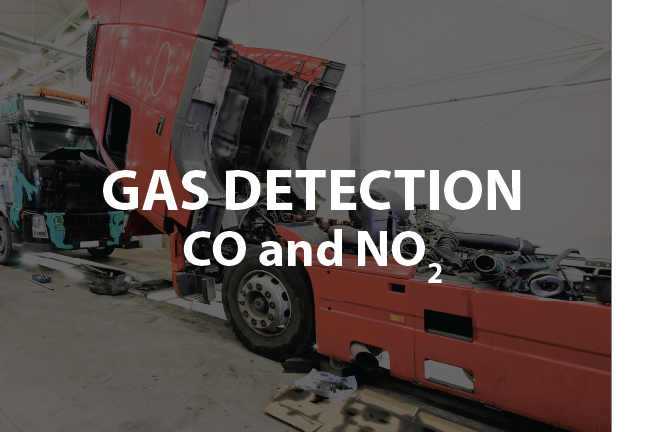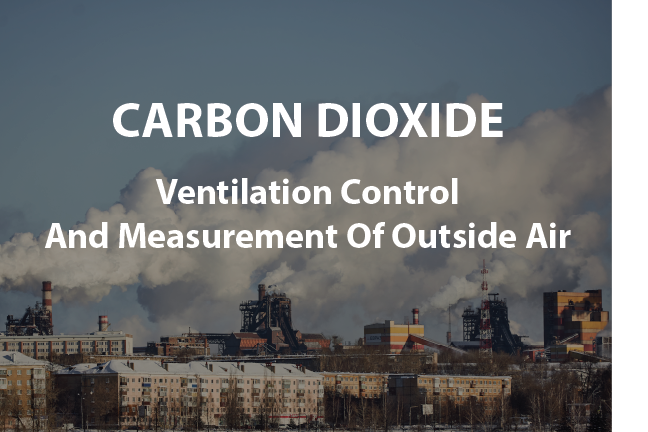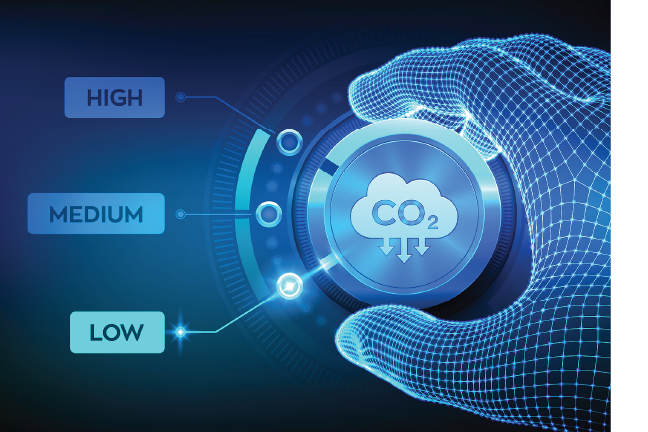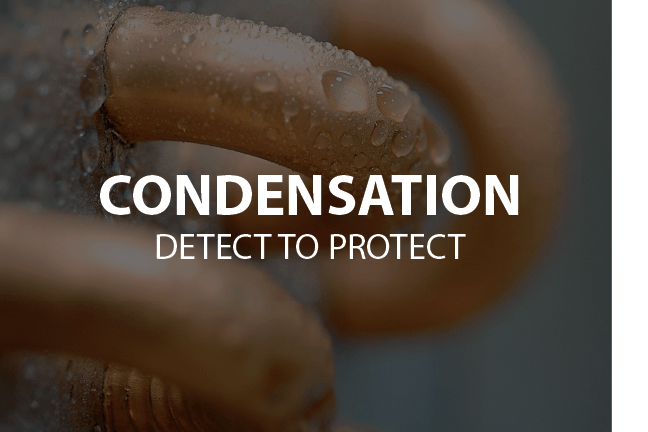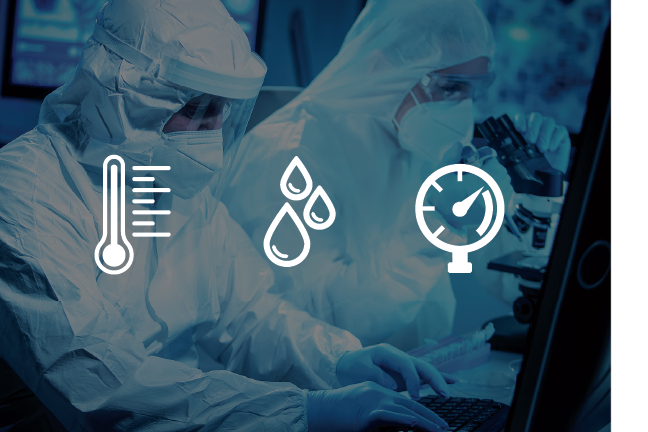Greystone Products and FIFA World Cup 2022
What do football/soccer, basketball, ice hockey, boxing and concerts all have in common? HVAC. HVAC equipment and technicians have a much bigger hand in making major sporting events possible than you might realize. And we are proud to say that Greystone played a part in making FIFA World Cup 2022 possible as our sensors and…




